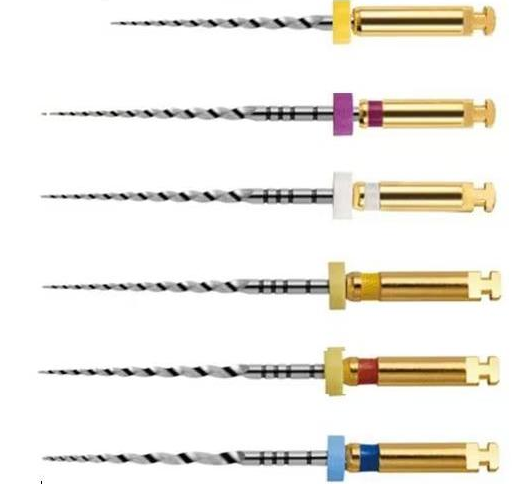Essential Tools for Root Canal Treatment | COMLEA
What Are Root Canal Tools & Their Purpose
Root canal treatment requires a specialized set of instruments to clean, shape, and seal the internal anatomy of a tooth’s root canals. COMLEA’s root canal tools include manual files and rotary NiTi files made from memory alloy materials, engineered to reach narrow canals, remove infected tissues, and prepare canal walls for obturation. These tools must be precise, flexible, and durable to adapt to curved anatomies and minimize procedural errors such as ledging, perforation, or instrument separation. COMLEA emphasizes the use of advanced memory alloy materials to deliver safe hand and machine files for optimal outcomes, and you can find more details directly on their official site comleaglobal.com.
Common Types of Root Canal Instruments
Here are some of the core types of tools used in root canal therapy:
-
Manual files / hand files: Stainless steel or NiTi hand files used in initial negotiation and glide path creation.
-
Rotary NiTi files: Engine-driven files that spin inside the canal, offering faster shaping and less manual fatigue.
-
Pro Taper & Universal rotary systems: Multi-file systems with varying tapers and tip geometries to match different canal morphologies.
-
Memory alloy / shape memory files: Advanced NiTi files that can flex back to original shape, resist cyclic fatigue, and improve safety in curved canals.
-
Toughness or heavy-duty files: Robust instruments for challenging anatomy or retreatment cases requiring extra strength.
-
Accessory tools: Reamers, gates glidden drills, irrigation needles, paper points, endodontic explorers, file holders.
What COMLEA Offers in Their Root Canal Tool Line
COMLEA presents a comprehensive root canal file series, both manual and rotary, built with memory alloy (shape memory NiTi) to enhance flexibility and reduce fracture risk. Their catalog includes Pro Taper manual files, Universal rotary files, and specialized toughness rotary files for demanding cases. These instruments are designed for precise performance to improve success rates in root canal therapy. More product specifications can be explored on comleaglobal.com.
Key Considerations When Choosing Root Canal Tools
When selecting root canal instruments, dentists and endodontists should consider:
• Canal anatomy complexity (curved, narrow canals require more flexible files)
• Frequency and volume of cases (for high volume users, rotary systems reduce fatigue)
• Instrument safety and fatigue resistance (memory alloy and cyclic fatigue performance)
• Compatibility with existing motors and handpiece systems
• Sterilization durability and reusability
• Availability of matching accessory instruments (e.g. irrigation, obturation)
The Benefits & Clinical Impact
Using high-quality root canal tools like those from COMLEA yields multiple advantages: faster and more consistent shaping, reduced procedural errors, less operator fatigue, improved patient comfort, and higher long-term treatment success. Tools with superior flexibility and fatigue resistance reduce instrument breakage risk, especially in curved canals. Memory alloy materials also help preserve canal integrity and maintain proper taper, improving the ability to obturate effectively.
FAQ About Tools for Root Canal
Q1: What is the difference between manual files and rotary NiTi files?
Manual files are hand-operated and useful for initial negotiation and establishing a glide path. Rotary NiTi files are engine-driven, faster for shaping, and reduce operator fatigue.
Q2: Are memory alloy (shape memory) files better than conventional NiTi?
Yes, memory alloy files often have improved flexibility, better cyclic fatigue resistance, and can better adapt to curved canals without deforming permanently.
Q3: How many times can a root canal file be reused?
It depends on the file system, usage steps, case complexity, and sterilization protocols. Some files may be reused a few times if no signs of wear or damage are present; others are single-use for safety.
Q4: What accessory tools accompany root canal files?
Common accessories include irrigation syringes/needles, reamers, file holders, paper points, endodontic explorers, and obturation instruments.
Q5: Why choose COMLEA’s root canal tools over generic brands?
COMLEA focuses on precision, advanced material (memory alloy) design, both manual and rotary solutions, and product parameters optimized for safety and clinical performance. Their product line is intended to improve efficiency and outcomes in root canal therapy.
Contact Us
+86 13651660950
+86 13816828040
peter.chen@comlea.cn
lu.l@comlea.cn
Lane 599, 1# 810,Shuangdan Road, Jiading District, Shanghai




